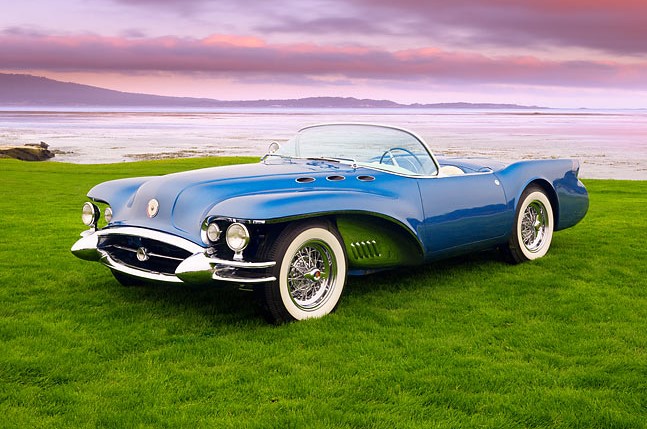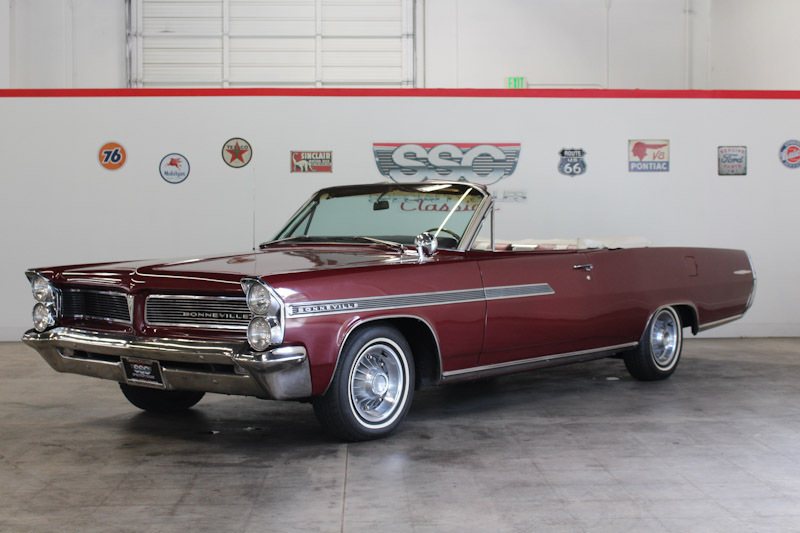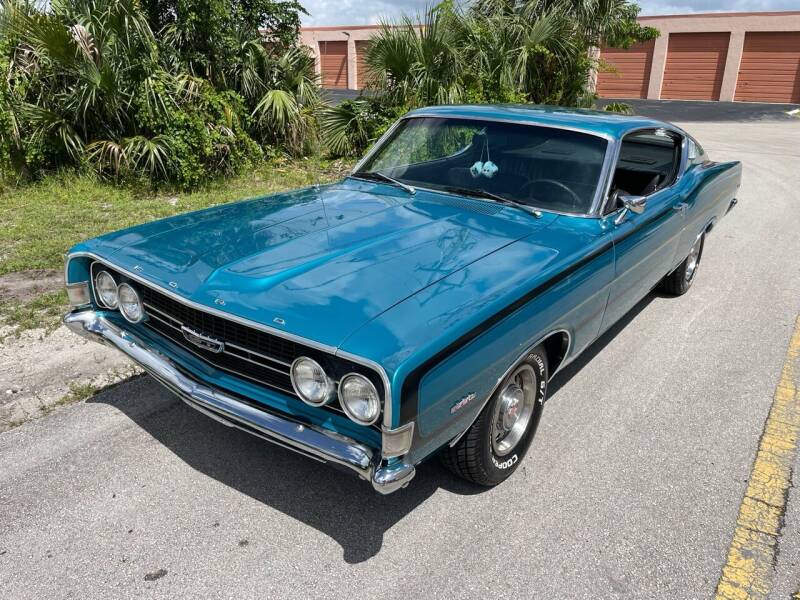In the annals of American automotive history, few cars hold as iconic a status as the 1957 Chevrolet Bel Air. A symbol of post-war optimism and an embodiment of mid-century style, the '57 Bel Air is more than a car; it's a cultural touchstone that continues to captivate the hearts of car enthusiasts and collectors. In this article, we'll take a nostalgic journey back in time to explore the history, design, features, and enduring legacy of the 1957 Chevrolet Bel Air.
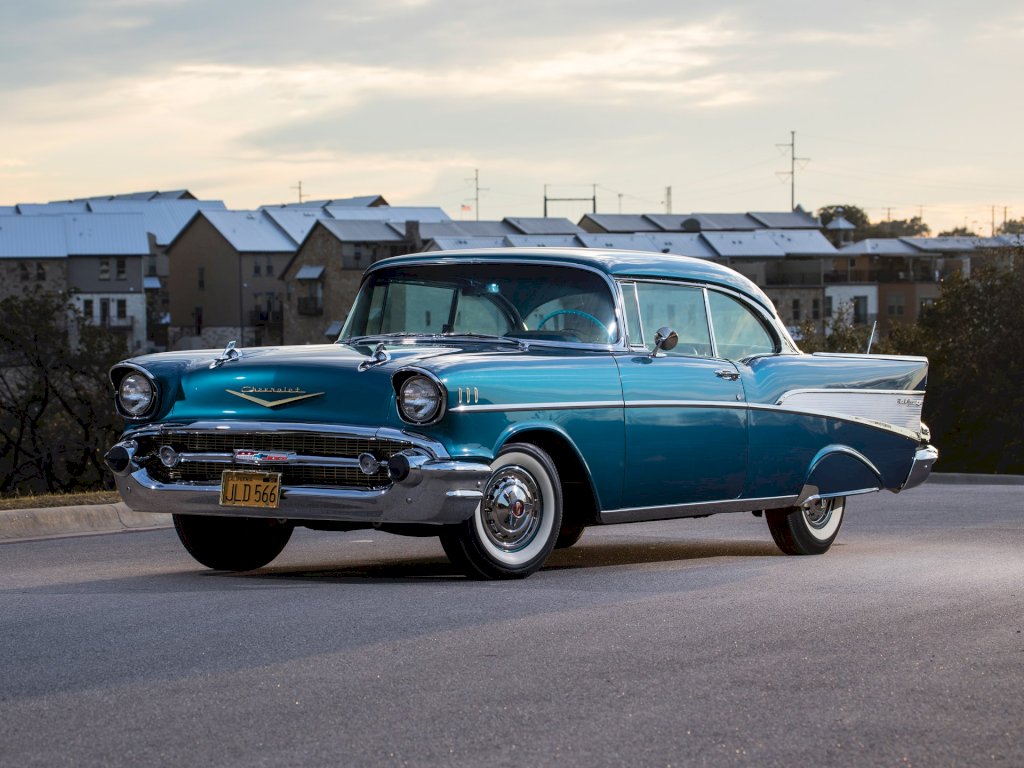
The Evolution of the Chevrolet Bel Air
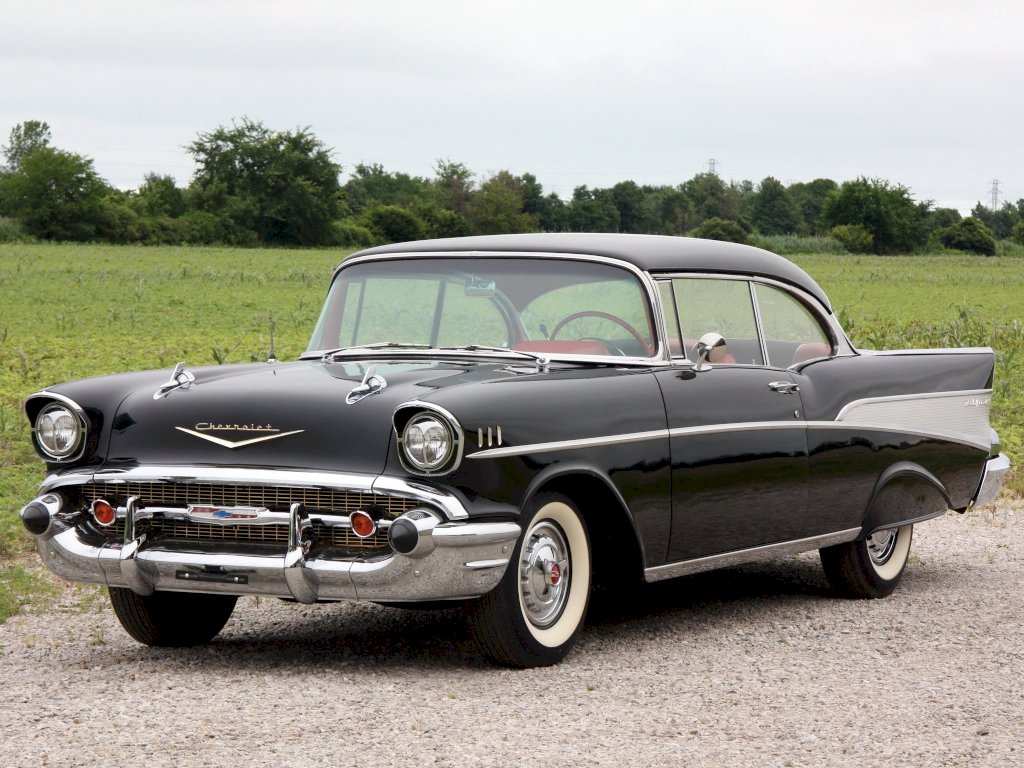
The Chevrolet Bel Air nameplate made its debut in 1950 as a trim level for the Chevrolet Deluxe model. The Bel Air trim was characterized by its distinctive chrome trim, luxurious interior appointments, and upscale features. The 1950 Bel Air featured a sleek and elegant design that set it apart from other cars of its time, making it an instant hit with consumers.
Over the next few years, the Bel Air continued to evolve, with each model year bringing new design updates and improvements. By 1953, the Bel Air had become its own model within the Chevrolet lineup, showcasing the brand's commitment to providing a premium driving experience to customers.
The 1957 Chevrolet Bel Air: A Design Masterpiece
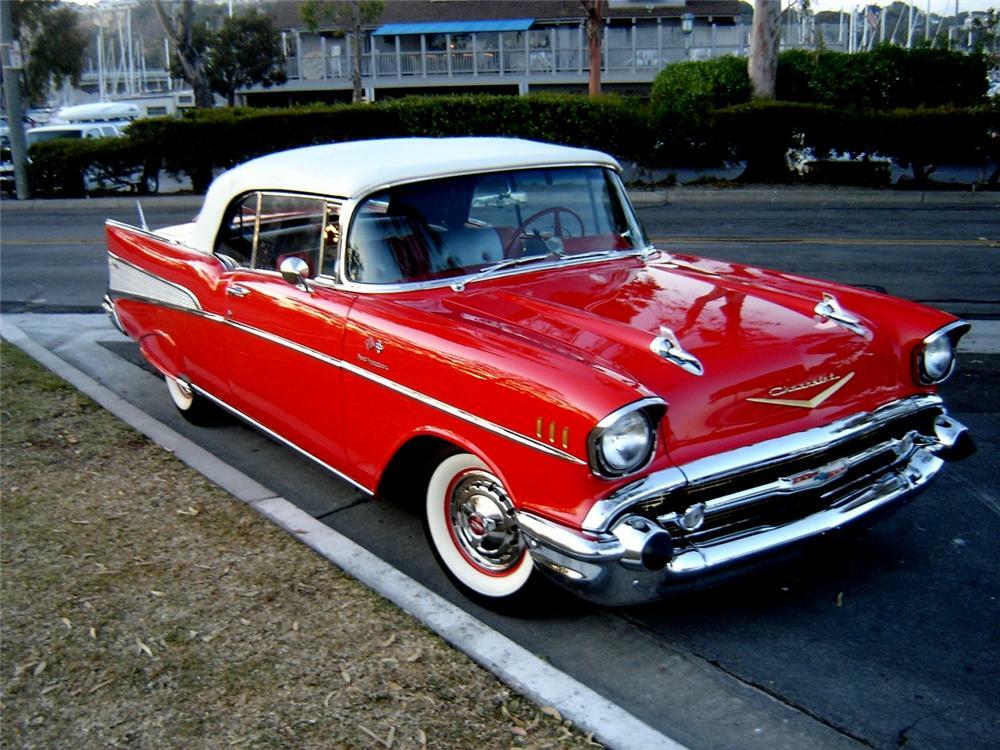
The 1957 model year is often considered the pinnacle of the Chevrolet Bel Air's design evolution. The 1957 Bel Air featured a complete redesign, introducing a more modern and iconic look that has come to define the classic American car aesthetic of the 1950s.
The front end of the 1957 Bel Air was characterized by its distinctive hooded headlights, a signature feature that added a touch of sophistication to the car's appearance. The front grille was also redesigned, featuring a wide chrome grille with multiple horizontal bars that emphasized the car's width and presence on the road.
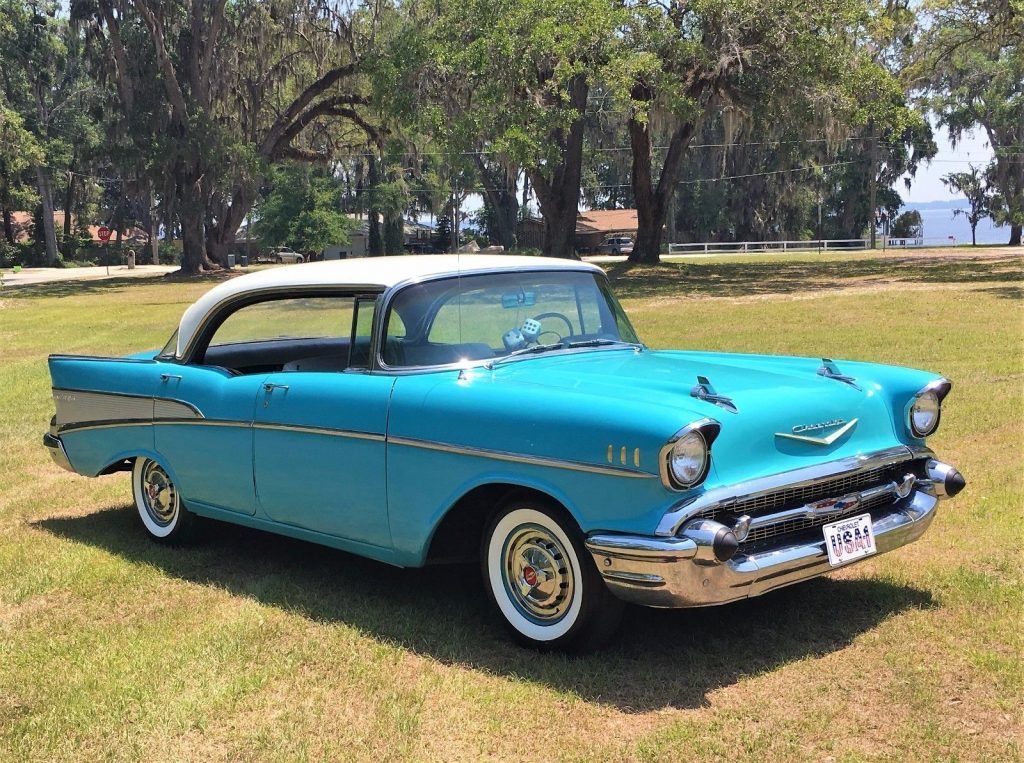
The side profile of the 1957 Bel Air was marked by its sleek lines, chrome accents, and distinctive "Bel Air" script on the rear fenders. The car's wraparound windshield and rear window added a touch of elegance while enhancing visibility for the driver and passengers.
At the rear, the 1957 Bel Air featured prominent tail fins that were a hallmark of 1950s automotive design. These tail fins not only added a sense of dynamism to the car's appearance but also improved aerodynamics and stability at higher speeds.
Inside the cabin, the 1957 Bel Air continued to impress with its luxurious and comfortable interior. The car's two-tone upholstery, chrome trim, and spacious seating provided a welcoming and enjoyable driving experience for both the driver and passengers.
Engine Options and Performance
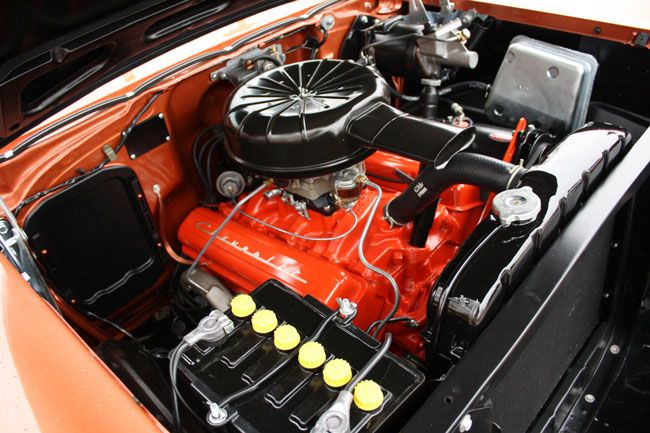
The 1957 Chevrolet Bel Air was available with several engine options to suit a range of driving preferences. The base engine was a 235-cubic-inch inline-six that produced 140 horsepower. For those seeking more power, Chevrolet offered two V8 engine options: a 265-cubic-inch V8 with 162 horsepower and a 283-cubic-inch V8 with power output ranging from 185 to 283 horsepower, depending on the specific configuration.
The 1957 Bel Air's performance capabilities were impressive for its time, with the V8 engines offering brisk acceleration and smooth power delivery. The car's suspension and chassis design provided a comfortable and stable ride, making it a joy to drive on both city streets and open highways.
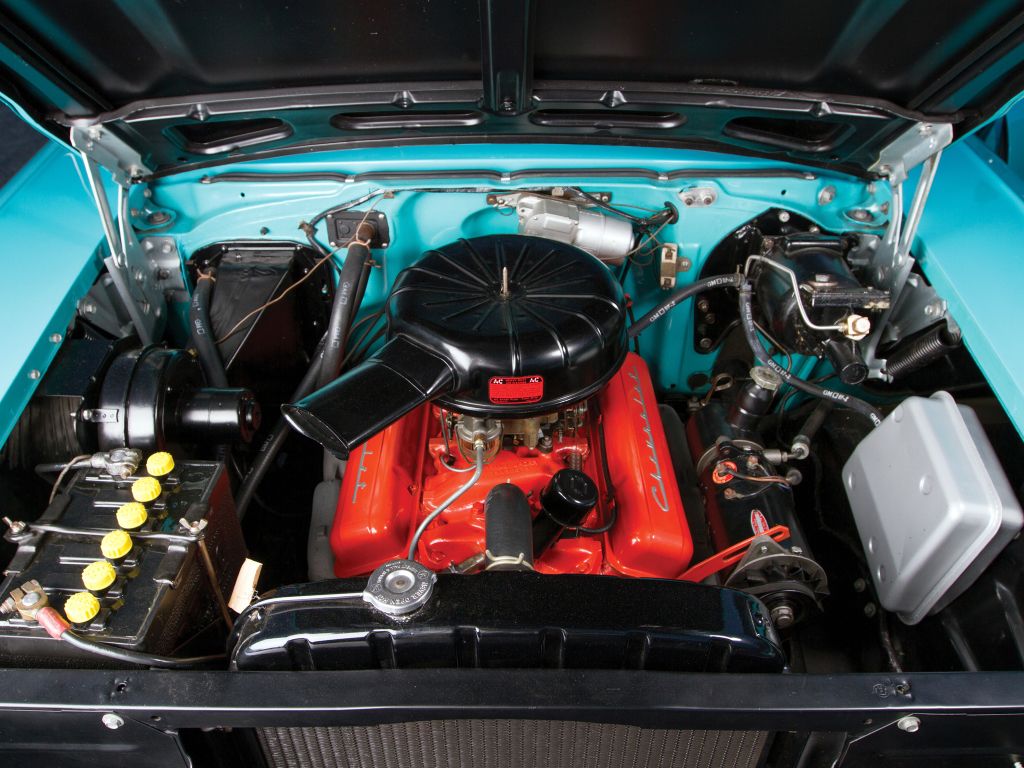
The Bel Air's performance and handling were further enhanced by the availability of options like power steering and power brakes. These features, along with the car's sturdy construction, contributed to its reputation for reliability and durability, making it a popular choice among American car buyers.
The Enduring Legacy of the 1957 Chevrolet Bel Air

The 1957 Chevrolet Bel Air's impact on American car culture cannot be overstated. Its iconic design, powerful performance, and exceptional build quality have made it a sought-after collector's car and a symbol of 1950s automotive excellence.
Today, the 1957 Bel Air remains highly desirable among classic car enthusiasts, with well-preserved examples commanding premium prices at auctions and private sales. Its timeless design and cultural significance have also earned it a place in popular culture, with appearances in movies, television shows, and advertisements cementing its status as a cultural icon.
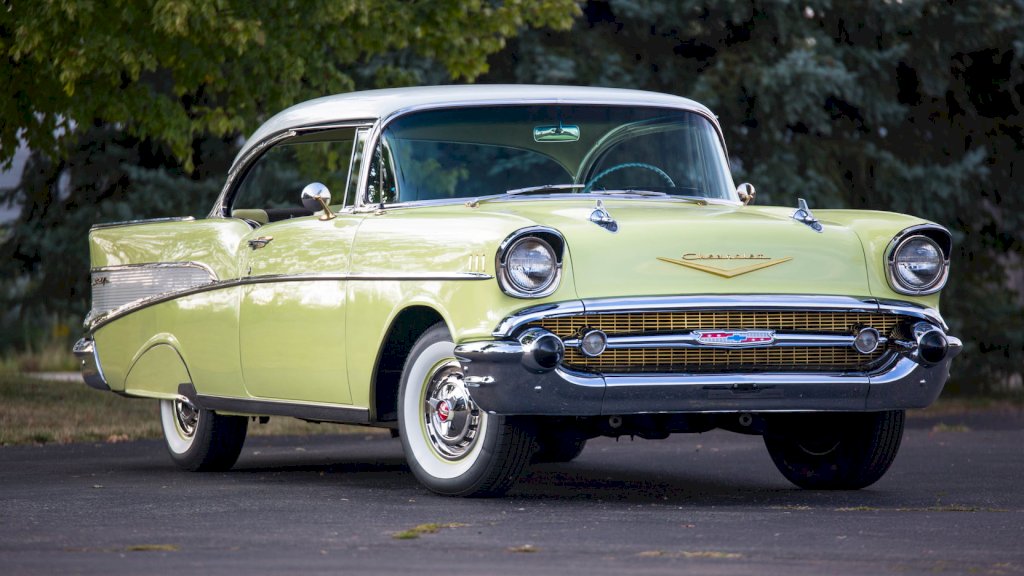
The 1957 Chevrolet Bel Air's influence on automotive design can still be seen today, as modern cars occasionally pay homage to its classic styling cues. The car's tail fins, in particular, have inspired design elements in contemporary vehicles, reflecting the enduring appeal of its iconic design.
Furthermore, the 1957 Bel Air's reputation for reliability and performance has contributed to Chevrolet's lasting legacy as a trusted and beloved American automaker. Chevrolet's commitment to producing high-quality, innovative, and stylish cars can be traced back to the success of the Bel Air and its subsequent models.
Conclusion
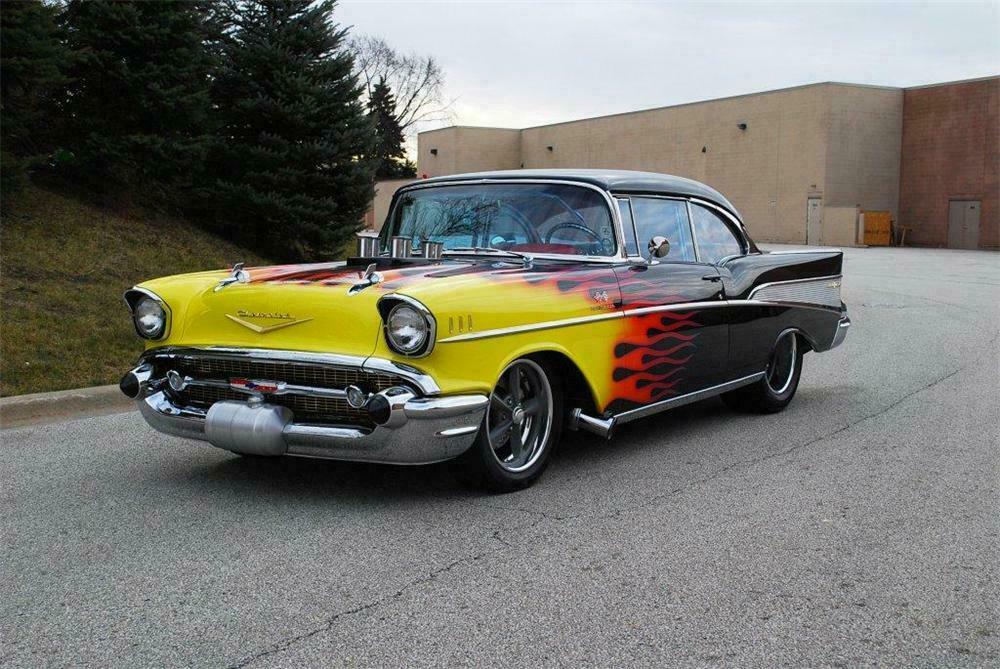
The 1957 Chevrolet Bel Air is a timeless icon of American automotive history, representing the epitome of 1950s car design and performance. Its distinctive styling, powerful performance capabilities, and enduring legacy have solidified its place as a beloved classic car and a symbol of automotive excellence.

The 1957 Bel Air's influence on automotive design and popular culture has made it a cultural icon that continues to captivate and inspire car enthusiasts and collectors around the world. With its timeless appeal and lasting impact, the 1957 Chevrolet Bel Air will forever be remembered as a true masterpiece of American automotive engineering and design.
